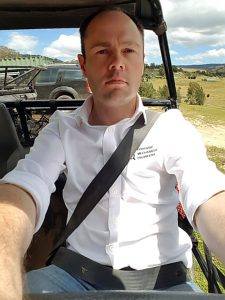 The latest in our series of profiles on researchers who are involved with occupational health and safety research is Dr Tim White. He holds the degrees of Bachelor of Engineering (Mechanical) and Doctor of Philosophy from the University of New South Wales (UNSW). His most recent appointment was as Lecturer and Researcher in Mechanical Design at UNSW.
The latest in our series of profiles on researchers who are involved with occupational health and safety research is Dr Tim White. He holds the degrees of Bachelor of Engineering (Mechanical) and Doctor of Philosophy from the University of New South Wales (UNSW). His most recent appointment was as Lecturer and Researcher in Mechanical Design at UNSW.
After 10 years of working casually as a consultant while also holding salaried positions, Dr White founded Forensic Mechanical Engineers in 2013 and now works full time as a forensic engineer and expert witness. He is based in Bathurst, NSW but travels extensively for work, often flying himself to regional locations.
What attracted you to looking at workplace health and safety? Did you fall into it or always have an interest?
I feel like I just fell into it, although now that I look back, I suppose that my career progression was reasonably intuitive. A farming background prior to my first engineering degree (and subsequent time in industry) meant that I was never going to be content doing the same thing as most of my peers. Although it was not a main consideration at the time, the PhD and progression into academia was what ultimately equipped me with the ability to now work flexibly in a role where I feel as though I am – clichés aside – doing something interesting as well as making a difference.

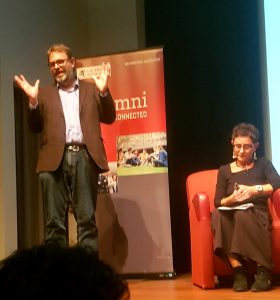
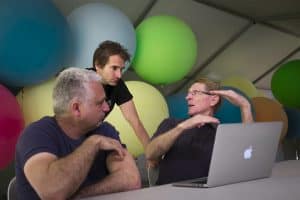
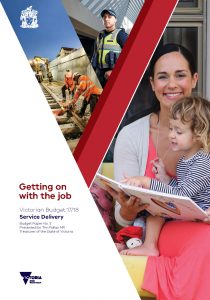
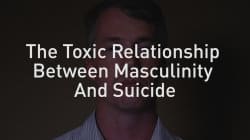 Recently Huffington Post Australia posted a video about male suicides called “Men are killing themselves to be real men”. Many of the speakers talked about their experiences at work or with work. The video is highly recommended.
Recently Huffington Post Australia posted a video about male suicides called “Men are killing themselves to be real men”. Many of the speakers talked about their experiences at work or with work. The video is highly recommended.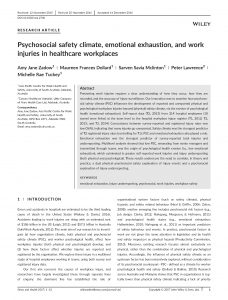 There has been a lot of discussion recently about occupational health and safety (OHS) data. This article is another because the issue is critical for understanding OHS, for planning for the future and managing productivity.
There has been a lot of discussion recently about occupational health and safety (OHS) data. This article is another because the issue is critical for understanding OHS, for planning for the future and managing productivity.